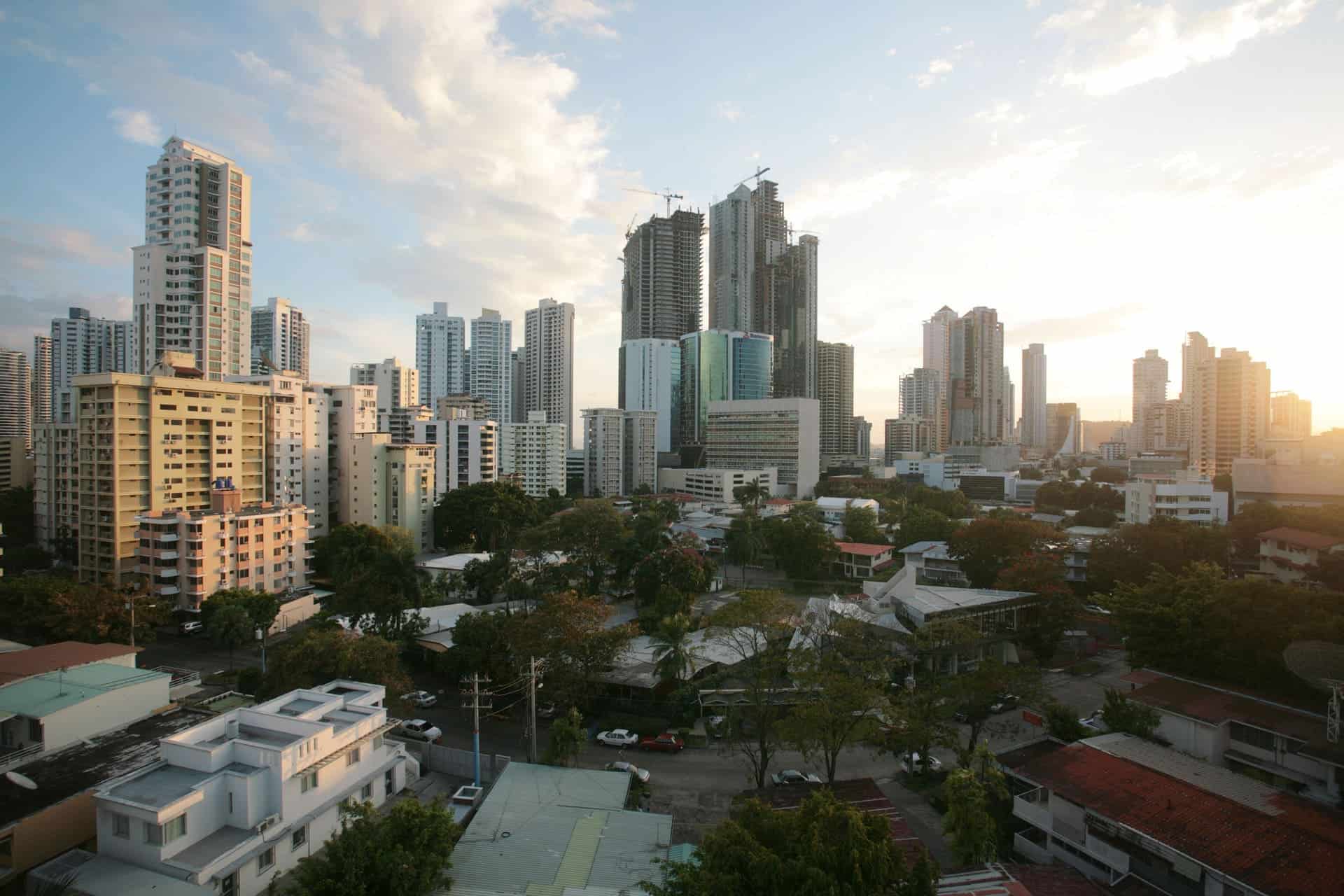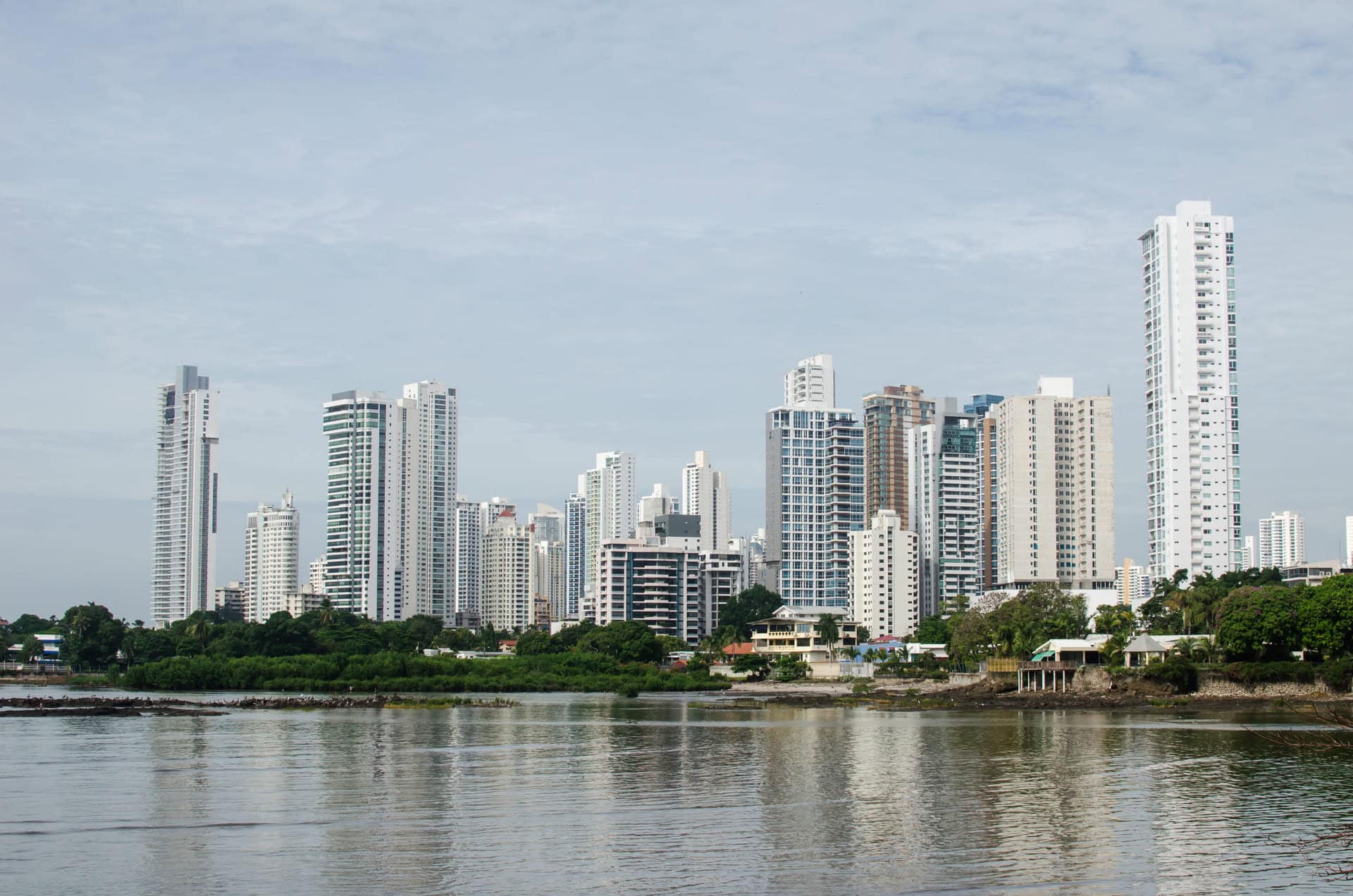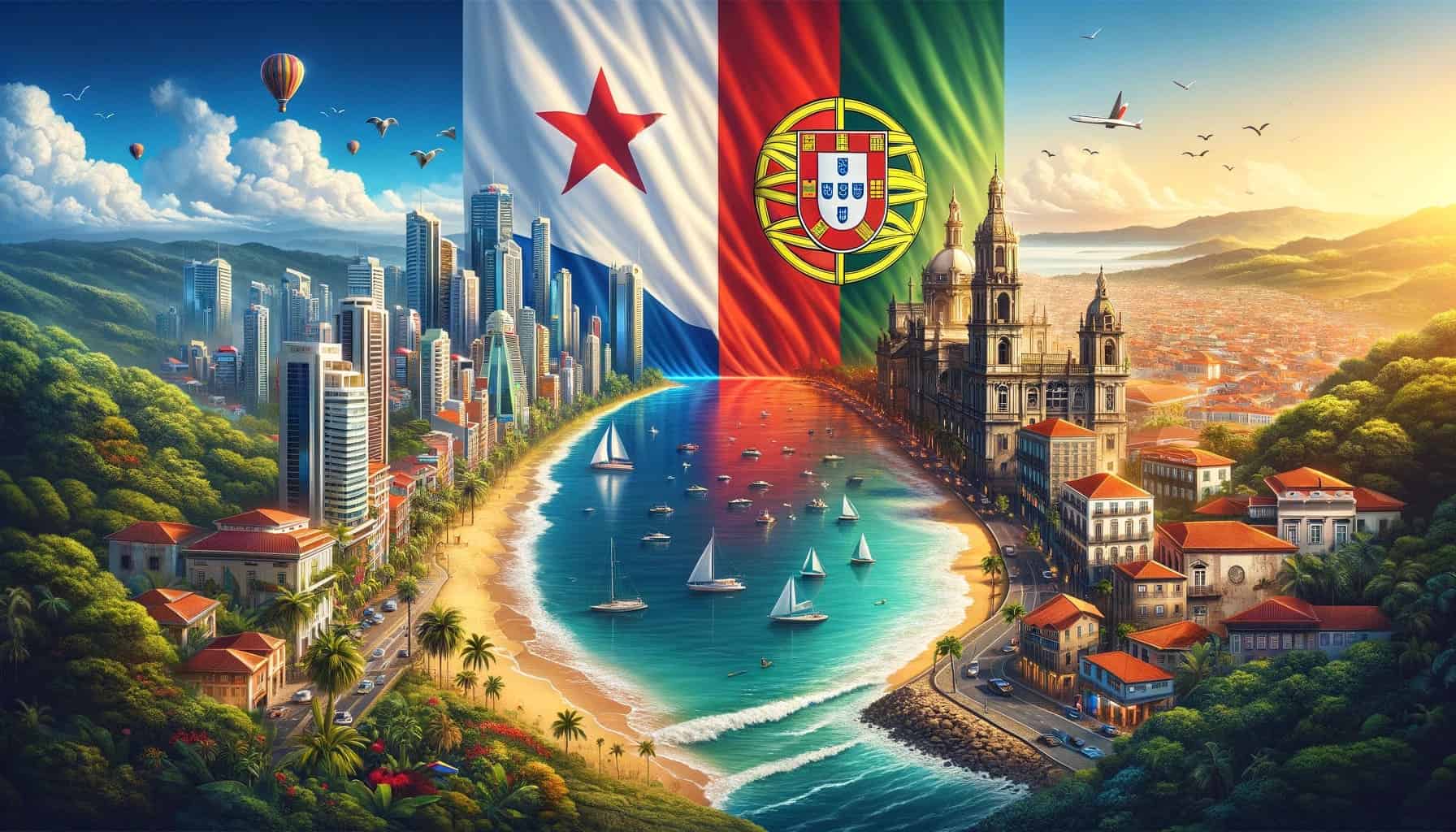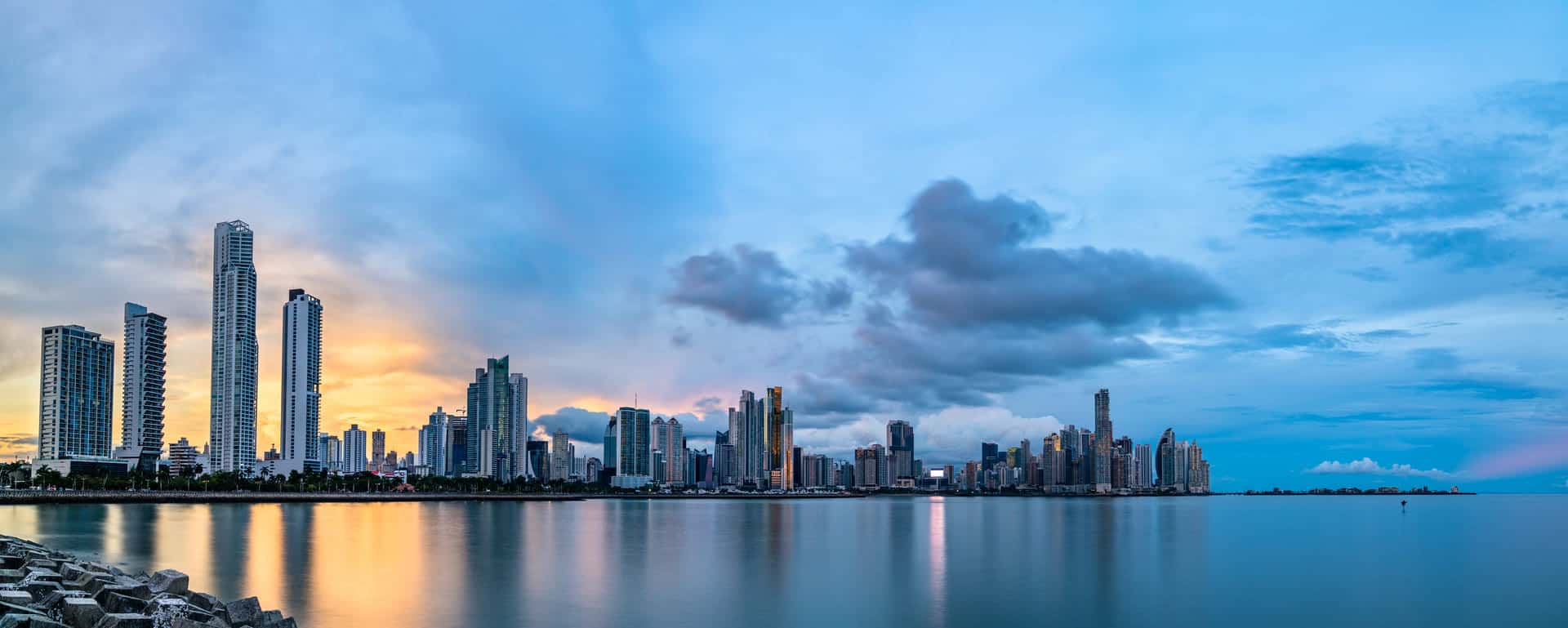As one of the most ambitious public infrastructure projects in Latin America, Panama’s Metro Line 3 is a marvel of modern engineering and international collaboration. Set to redefine the transit landscape of Panama City and its adjoining regions, this monumental venture aims to alleviate urban congestion and provide a fast, efficient means of public transport. Currently making significant progress, the project is touted as the largest public infrastructure initiative in Panama since the expansion of the Panama Canal. Here’s everything you need to know about this groundbreaking project.
Project Overview
Metro Line 3 is not just another transport line; it’s set to become a 34km elevated monorail system that epitomizes state-of-the-art technology and planning. The line will start at Albrook Station in Panama City. From there, it will go through key areas like Arraijan and Nuevo Chorrillo. It will end at Ciudad del Futuro. What’s special is that it’s the first project of its kind in Central America to use tech from Japan.
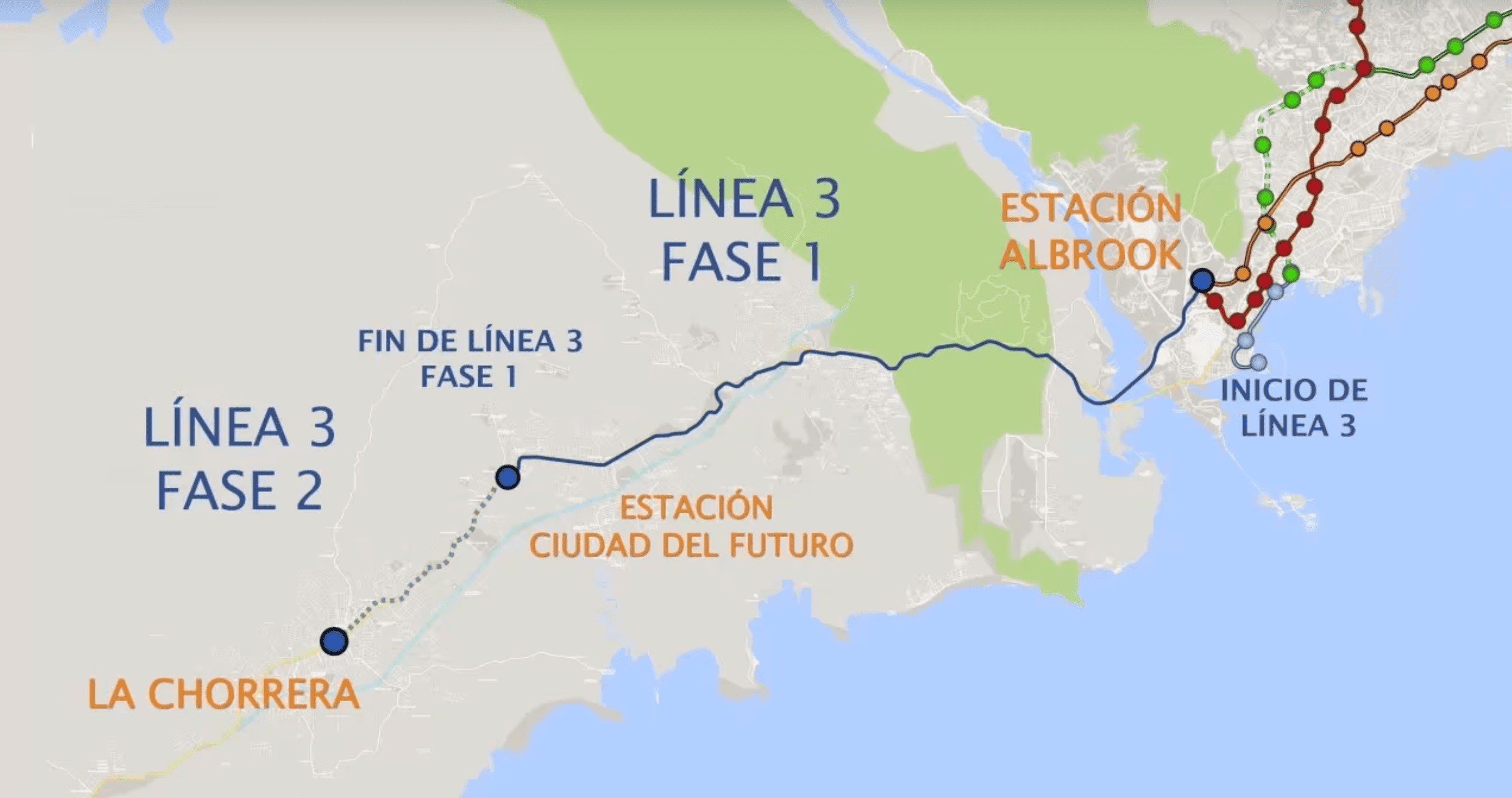
Initial construction commenced in February 2021, and despite some technical hurdles, the project remains on course for its targeted completion in 2026. The first phase will connect Albrook to Ciudad del Futuro, while a second phase will extend the line up to La Chorrera, further augmenting its reach and utility.
Funding and International Collaboration
In terms of funding and collaboration, the Metro Line 3 sets a high bar for international joint ventures. Awarded to the Consortium HPH Joint Venture—comprising Hyundai Engineering & Construction, Posco Engineering & Construction, and Hyundai Engineering Corp—in February 2020, the project has robust backing. A funding agreement worth $2.6 billion was inked between the governments of Panama and Japan, underscoring the scale and significance of the venture.
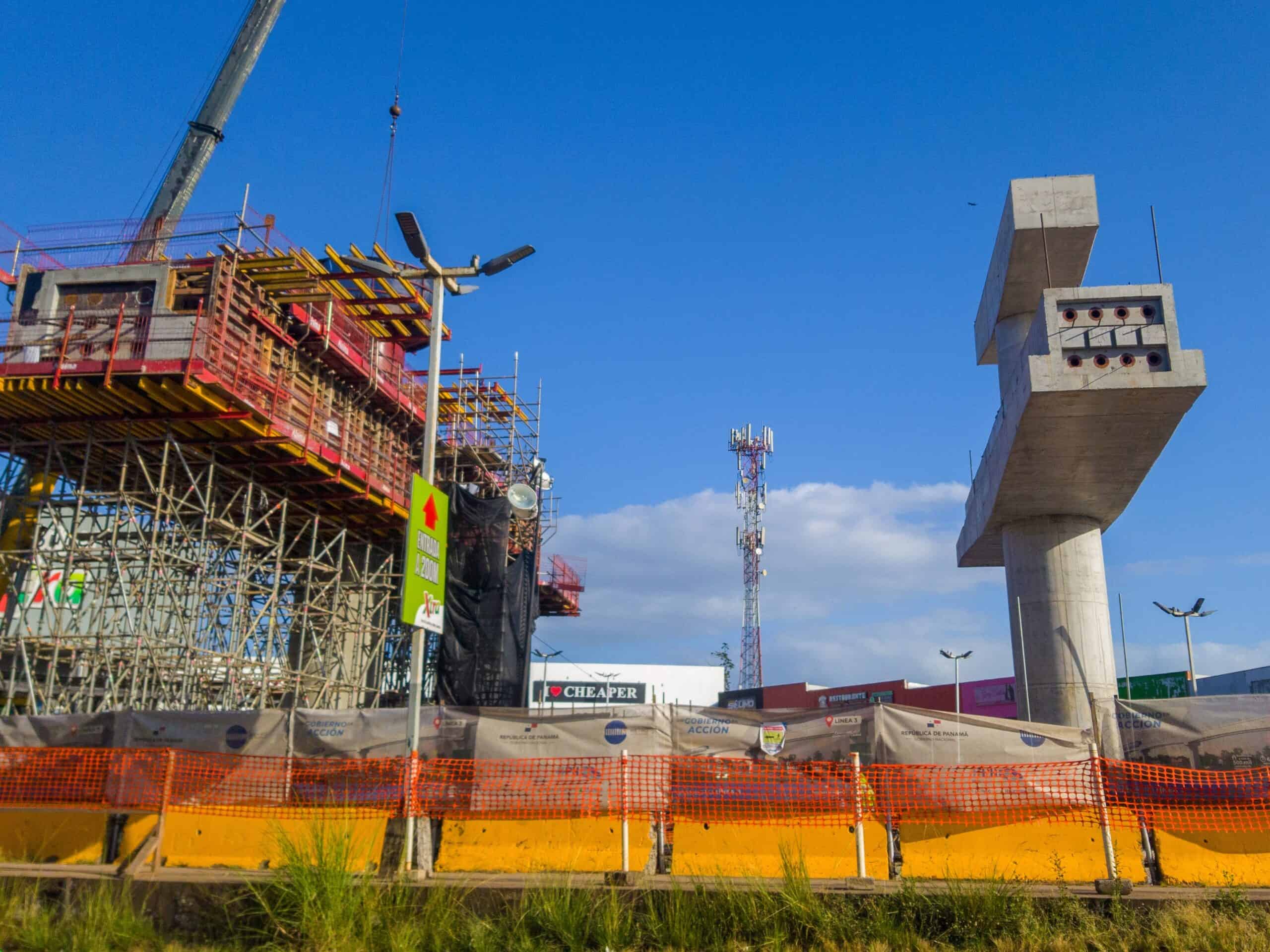
The Japan International Cooperation Agency (JICA) has been actively involved, recently providing a loan of up to ¥92,000m ($697m) specifically for phase two development. With a 20-year term and a six-year grace period, the loan adds financial solidity to the already robust project.
Technological Challenges
Arguably, one of the most ambitious elements of the Metro Line 3 project is the plan to construct a six-kilometer tunnel beneath the Panama Canal. A feat never attempted before, the undertaking has been given to the specialized China Railway Tunnel Group (CRTG). This underwater section promises to be both a technological marvel and a symbol of human ingenuity.
However, every monumental project has its set of challenges. Geological conditions have required specific, custom-designed tunnel-boring machinery. To tackle this, Consortium HPH partnered with German engineering company Herrenknecht.
Economic Impact and Job Creation
When completed, Metro Line 3 will dramatically shift the socio-economic dynamics of the region. The project aims to reduce the average commuting time from a staggering 90 minutes to a mere 45 minutes, providing much-needed relief to over 500,000 residents of the Panama Oeste province. Notably, the project will link the rapidly expanding Panama Pacifico industrial zone, further fueling economic growth.
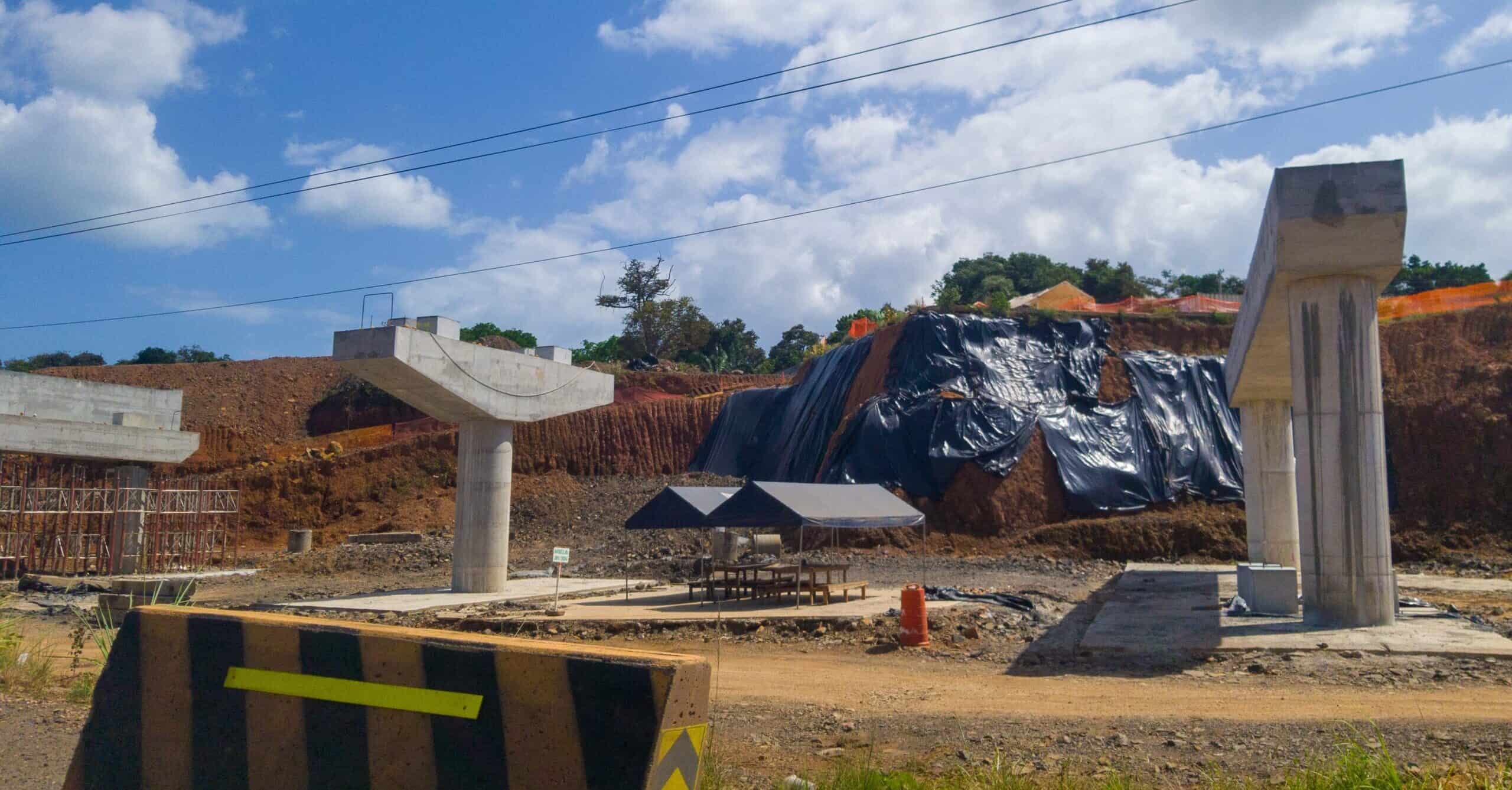
Moreover, the project is also a significant job engine. More than 5,000 jobs are expected to be created during its development, including 800 local jobs, providing a much-needed boost to the local economy.
Cutting-Edge Train Technology
When it comes to rolling stock, the monorail is set to incorporate the pinnacle of modern technology. The line will feature 28 train sets, each consisting of six cars. These trains are specially designed to handle up to 20,000 users in each direction during peak times. In an era increasingly conscious of environmental impact, the trains will implement Hitachi’s B-CHOP system. This technology captures regenerative energy during the braking process, not only reducing the energy consumption of the rail system but also minimizing CO2 emissions.

Conclusion
Panama’s Metro Line 3 is more than just a transportation project; it is an ambitious undertaking that serves as a benchmark for future urban infrastructure projects in Latin America. Sure, it has had some bumps along the way, like tech issues and changes in the schedule. But it is still a key part of Panama’s big plans for the future. The project is set to finish in 2026. Both people living in Panama and those who make laws are hopeful. They think this project will make getting around easier and improve life in the city.
As we keep an eye on this exciting work, we can expect big things. Its completion will be a big step forward for Panama. It will help the country become a modern, green leader in the region.


